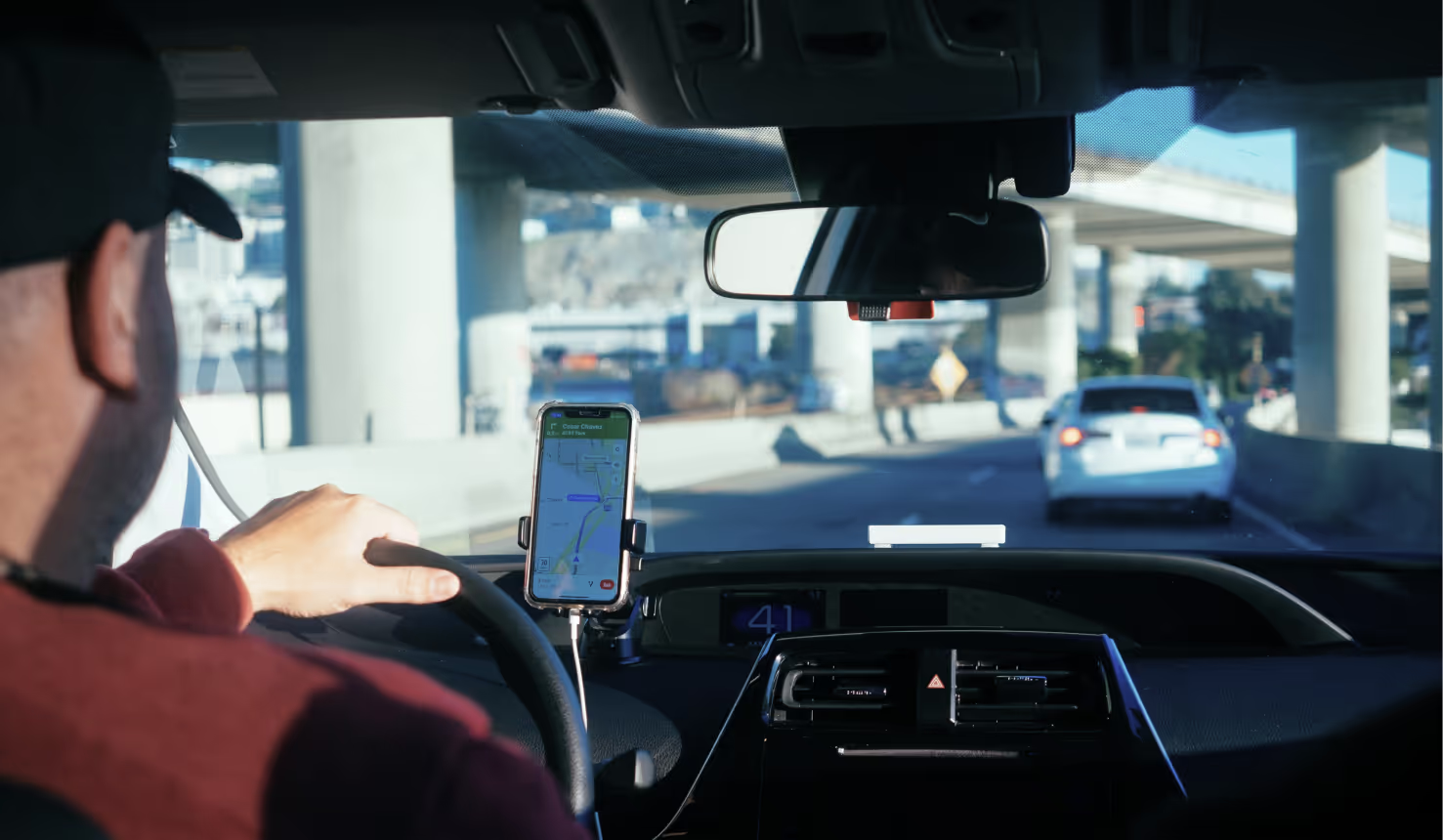Tips for More Sustainable Rideshare

Join the community





People who don’t want to go through the hassle of owning a car, refueling it from time to time, paying for parking, insurance, and maintenance can consider rideshare as a great option. You can simply book a ride in a few clicks and it will take you from point A to B.
Rideshare is a great alternative even if you own a car, especially for days when you would like to share a few drinks with your friends or not worry about the downtown traffic.
Is rideshare better for the planet than owning a car?
Yes and no. Rideshare trips actually have a higher carbon footprint than doing those trips in your personal cars. Although ride-sharing cars are typically newer and more fuel efficient, they still have around 20% more emissions on a per-trip basis when compared to personal cars.
The reason behind that is deadheading — that’s the miles traveled between one ride and the next, and it comes out to a whopping 43% of the total drive time of rideshares.
As carbon emissions are directly related to the fuel burnt by cars, a private rideshare trip produces about 47% more carbon emissions than a private car trip.
But rideshare services produce lower air pollution than private cars. Vehicles emit more traditional air pollutants like NOx, particulate matter, and volatile organic compounds every time they are started. As ride-sharing cars do not turn their engines on and off as frequently as private cars, they emit far fewer conventional air pollutants.
Choose Uber Green or Lyft Green to make your rideshare more sustainable and cut down your emissions by ~50%.
What is Uber Green and Lyft Green?
Electrifying the rideshare fleet would cut down its emissions by ~50%.
Uber and Lyft have promised all-electric fleets by 2030 in an effort to reduce their carbon footprint. Uber provides an option to book Uber Green while Lyft is also expanding the green mode to encourage riders to switch to low-emission or electric vehicles.
On Commons, you can mark your rideshare trip as powered by an electric car and cut your emissions by 50%.
Share a ride with UberX share or Lyft Shared ride
Pooling rideshare trips with multiple passengers can reduce its impact. While sharing cabs were stopped during COVID for precautionary reasons, both Uber and Lyft have restarted them in certain cities.
So if you take a pooled electric rideshare trip, it would have a 70% lower emission compared to a private vehicle trip.
Making your car rides more sustainable
If pooled rideshare is not available in your region or if you cannot use it for some other reason, you can make your car rides more sustainable.
You can carpool with friends instead of driving alone. This would also make you eligible to drive in the High Occupancy Vehicle lanes or carpool lane, saving time and money.
Avoid idling of car as it wastes fuel and pollutes the air. Hard acceleration and braking waste fuel and lower your mileage by 33% on the highway and 5% around town, according to the Department of Energy.
Take multipurpose trips to save fuel and cut down on emissions. Cold engine startup wastes fuel and causes air pollution. A one-mile trip to the dry cleaners can pollute up to 70% as much as a ten-mile excursion with several stops.
Lastly, choosing a more efficient vehicle or a zero-emission vehicle can reduce the carbon footprint of an average household by up to 16,200 pounds (8.1 tons) of CO2e annually.












